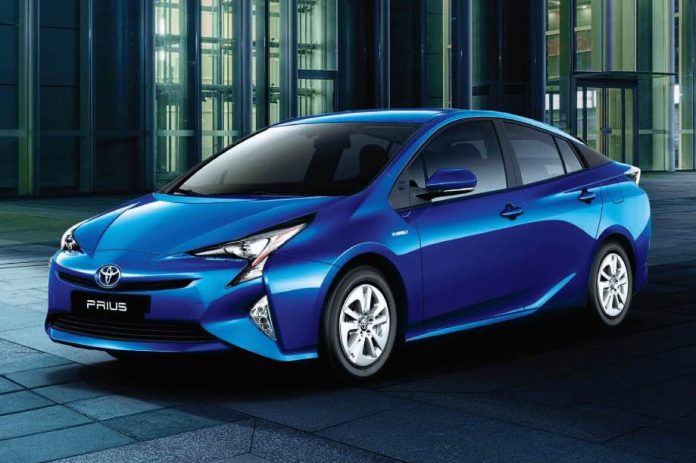The one you don’t have to plug in!
This is a preview-review of the 2022 Toyota Prius I’m test-driving this week; the full review should be up soon:
. . .
Got a question about cars, bikes or anything else? Click on the “ask Eric” link and send ’em in! Or email me at [email protected] if the @!** “ask Eric” button doesn’t work!
If you like what you’ve found here please consider supporting EPautos.
We depend on you to keep the wheels turning!
Our donate button is here.
If you prefer not to use PayPal, our mailing address is:
EPautos
721 Hummingbird Lane SE
Copper Hill, VA 24079
PS: Get an EPautos magnet or sticker or coaster in return for a $20 or more one-time donation or a $10 or more monthly recurring donation. (Please be sure to tell us you want a magnet or sticker or coaster – and also, provide an address, so we know where to mail the thing!)
My eBook about car buying (new and used) is also available for your favorite price – free! Click here. If that fails, email me at [email protected] and I will send you a copy directly!












The Prius can’t be driven after the battery goes dead, the cost to replace the battery is probably close to the residual value, so the car is worth nothing.
The old BMW i3 and the Chevrolet volt could still be driven with a dead battery, but with reduced power because of the small gas engine, but at least you could still drive it around town.
A Prius can indeed be driven w/ a dead hybrid battery, but you won’t want to drive it very far since it will be dog-slow.
And there’s no need when a refurbished battery pack runs ~$1,600 installed:
https://greenbeanbattery.com
The value of a 2nd or 3rd generation Prius is a whole lot more than $1,600 nowadays.
What is the difference between a plugin and not a plugin? Does the gas engine power a generator then to the electric motor, which seems sensible to me or is the gas engine directly tied to the drive train, which seems stupid as in having 2 drive trains to do the same thing.
Hi Ugg,
The differences between a standard hybrid and a plug-in hybrid are as follows: The standard hybrid has a smaller battery pack that is recharged entirely by the gas engine, which acts as a carry-it-with-you generator. You never have to plug in. The plug-in can be plugged in – but also doesn’t have to be. The benefit being you don’t have to burn gas to recharge the battery – and thereby save on fuel costs – but if you run out of charge and don’t have time or just don’t want to plug in for a recharge, the car’s engine will recharge the battery, as in the standard hybrid.
Also: The standard hybrid is propelled almost entirely by the gas engine; the battery/electric motor provide assist under acceleration and cuts in (as the engine cuts off) during light load driving/coasting; most standard hybrids can also creep along for about 1 mile at low speeds (under 30 MPH) on battery power. The plug-in, having a larger/more powerful battery, etc., can travel – typically – about 20-25 miles at normal road speeds on just battery power.
Wonder what kind of mileage you would get with it paired with a diesel? If your getting 700 miles with gas, could you close in on nearly a 1000? Does Toyota even have a diesel engine?
But boy, they sure like the Prius to be like the most ugly car on the market today (I know I say this about it often). It’s just so bad. I would rather have Toyotas mostly boring bland styling over this.
VW made a lightweight diesel hybrid that got almost 300 mpg, that was a better solution then EV’s.